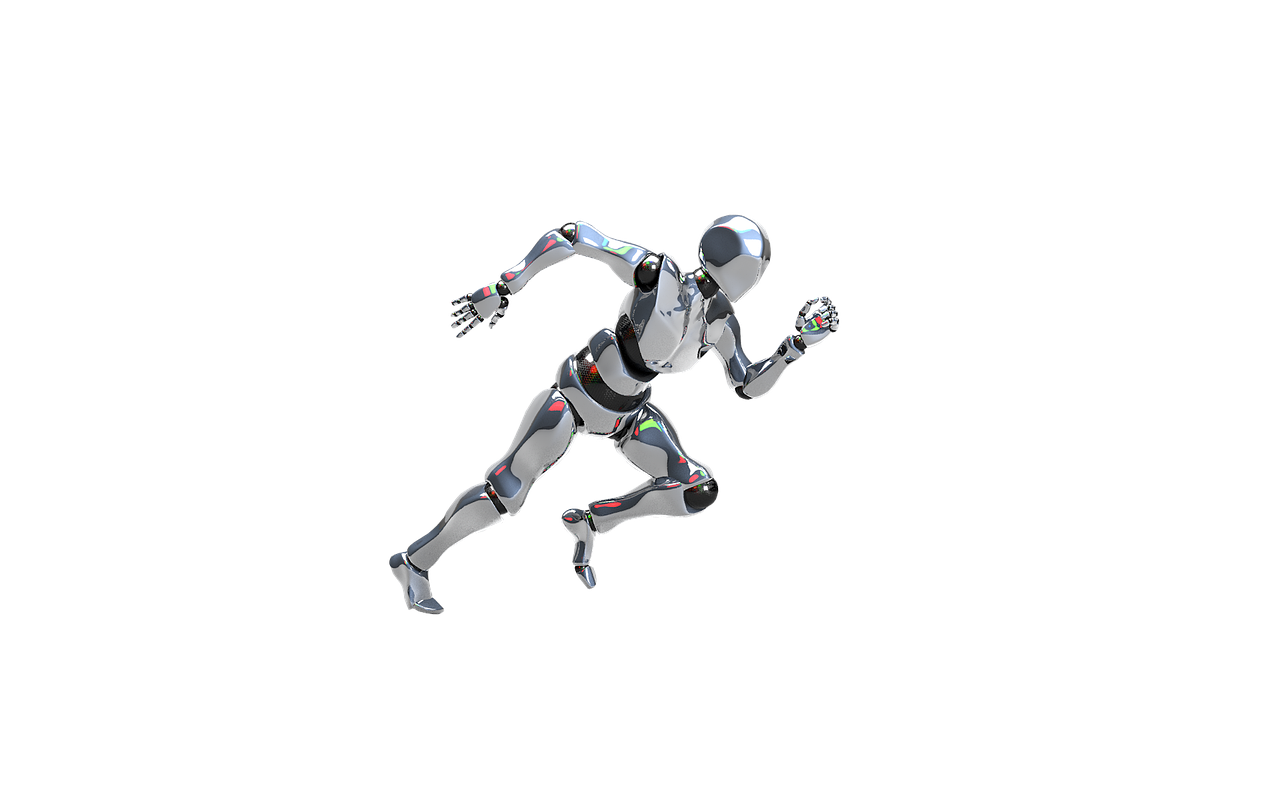The world of Artificial Intelligence (AI) is rapidly evolving, pushing the boundaries of what’s possible and reshaping industries across the globe. From self-driving cars to personalized medicine, AI’s potential seems limitless. This blog post delves into the fascinating world of AI research, exploring key areas, methodologies, and the transformative impact it’s having on our lives. Whether you’re a seasoned AI professional or simply curious about this groundbreaking technology, this guide will provide valuable insights into the latest advancements and future directions of AI research.
Understanding AI Research
What is AI Research?
AI research is the scientific and engineering discipline dedicated to creating intelligent agents – systems that can perceive their environment, reason, learn, and act autonomously to achieve specific goals. It encompasses a broad range of areas, from developing new algorithms and models to building practical applications. The ultimate goal is to create machines capable of performing tasks that typically require human intelligence.
Key Areas of Focus
AI research is incredibly diverse, but some key areas receive significant attention:
- Machine Learning (ML): Focuses on enabling systems to learn from data without explicit programming.
Example: Training an algorithm to identify different types of cancer cells from medical images.
- Deep Learning (DL): A subset of ML that uses artificial neural networks with multiple layers to analyze data.
Example: Developing image recognition systems that can identify objects with high accuracy.
- Natural Language Processing (NLP): Deals with enabling computers to understand, interpret, and generate human language.
Example: Creating chatbots that can provide customer support or translate languages in real-time.
- Computer Vision: Allows computers to “see” and interpret images and videos.
Example: Developing autonomous vehicle systems that can navigate roads and avoid obstacles.
- Robotics: Integrates AI with physical robots to perform tasks in the real world.
Example: Designing robots that can assist in manufacturing or perform surgery.
- Reinforcement Learning (RL): Trains agents to make decisions in an environment to maximize a reward.
Example: Training an AI to play games like Go or chess at a superhuman level.
Methodologies and Approaches
AI researchers employ various methodologies, including:
- Supervised Learning: Training models with labeled data.
- Unsupervised Learning: Discovering patterns in unlabeled data.
- Semi-Supervised Learning: Using a combination of labeled and unlabeled data.
- Active Learning: Allowing the model to choose which data points to learn from.
- Transfer Learning: Applying knowledge gained from solving one problem to another.
The Impact of AI Research Across Industries
Healthcare
AI is revolutionizing healthcare in several ways:
- Diagnosis and Treatment: AI algorithms can analyze medical images and patient data to assist in diagnosis and personalized treatment plans. For example, AI can detect tumors in mammograms with greater accuracy than radiologists in some cases.
- Drug Discovery: AI is accelerating the drug discovery process by analyzing large datasets of chemical compounds and predicting their effectiveness. This can significantly reduce the time and cost required to bring new drugs to market.
- Personalized Medicine: AI can tailor treatments to individual patients based on their genetic makeup, lifestyle, and other factors. This leads to more effective and targeted therapies.
- Robotic Surgery: Robots can perform complex surgeries with greater precision and less invasiveness, leading to faster recovery times for patients.
Finance
AI is transforming the finance industry through:
- Fraud Detection: AI algorithms can identify fraudulent transactions in real-time, protecting banks and customers from financial losses.
- Algorithmic Trading: AI-powered trading systems can analyze market data and execute trades automatically, optimizing investment strategies and maximizing profits.
- Risk Management: AI can assess and manage financial risks more effectively by analyzing large datasets of economic and market indicators.
- Customer Service: AI-powered chatbots can provide instant customer support and answer frequently asked questions, improving customer satisfaction and reducing operational costs.
Manufacturing
AI is optimizing manufacturing processes through:
- Predictive Maintenance: AI algorithms can analyze sensor data from machines to predict when they are likely to fail, allowing for proactive maintenance and preventing costly downtime.
- Quality Control: AI-powered vision systems can inspect products for defects in real-time, ensuring high quality and reducing waste.
- Robotics and Automation: Robots can automate repetitive tasks, improving efficiency and reducing labor costs.
- Supply Chain Optimization: AI can optimize supply chains by predicting demand, managing inventory, and improving logistics.
Transportation
AI is revolutionizing transportation through:
- Autonomous Vehicles: Self-driving cars can navigate roads and avoid obstacles without human intervention, promising to reduce accidents, improve traffic flow, and increase accessibility.
- Traffic Management: AI algorithms can optimize traffic flow by adjusting traffic signals in real-time, reducing congestion and improving travel times.
- Logistics Optimization: AI can optimize delivery routes and schedules, reducing fuel consumption and improving efficiency.
- Predictive Maintenance: AI can predict when vehicles are likely to require maintenance, allowing for proactive repairs and preventing breakdowns.
Ethical Considerations in AI Research
Bias and Fairness
AI algorithms can perpetuate and amplify existing biases in data, leading to unfair or discriminatory outcomes. It’s crucial to ensure that AI systems are trained on diverse and representative datasets and that algorithms are designed to mitigate bias.
Transparency and Explainability
Many AI models, particularly deep learning models, are “black boxes,” making it difficult to understand how they arrive at their decisions. This lack of transparency can raise concerns about accountability and trust. Research is focusing on developing more explainable AI (XAI) techniques that can provide insights into how AI models work.
Privacy and Security
AI systems often collect and process vast amounts of personal data, raising concerns about privacy and security. It’s essential to implement robust security measures to protect data from unauthorized access and to ensure that AI systems comply with privacy regulations.
Job Displacement
The automation of tasks through AI may lead to job displacement in some industries. It’s important to consider the social and economic implications of AI and to invest in education and training programs to help workers adapt to the changing job market.
The Future of AI Research
Emerging Trends
- Generative AI: This area focuses on creating AI models that can generate new data, such as images, text, and music. Examples include DALL-E 2 and GPT-3.
- Edge AI: This involves deploying AI models on edge devices, such as smartphones and sensors, enabling real-time processing and reducing the need for cloud connectivity.
- Federated Learning: This allows AI models to be trained on decentralized data sources without sharing the data itself, preserving privacy and enabling collaboration across organizations.
- Quantum AI: This explores the use of quantum computing to accelerate AI research and develop new AI algorithms.
Future Challenges
- Developing more robust and reliable AI systems.
- Improving the explainability and transparency of AI models.
- Addressing the ethical and societal implications of AI.
- Creating AI systems that can reason and learn more like humans.
- Scaling AI to solve complex real-world problems.
Conclusion
AI research is a dynamic and rapidly evolving field with the potential to transform virtually every aspect of our lives. By understanding the key areas, methodologies, and ethical considerations involved in AI research, we can harness its power to create a better future for all. The journey is ongoing, and the continuous pursuit of knowledge and innovation will undoubtedly lead to even more groundbreaking discoveries in the years to come.



